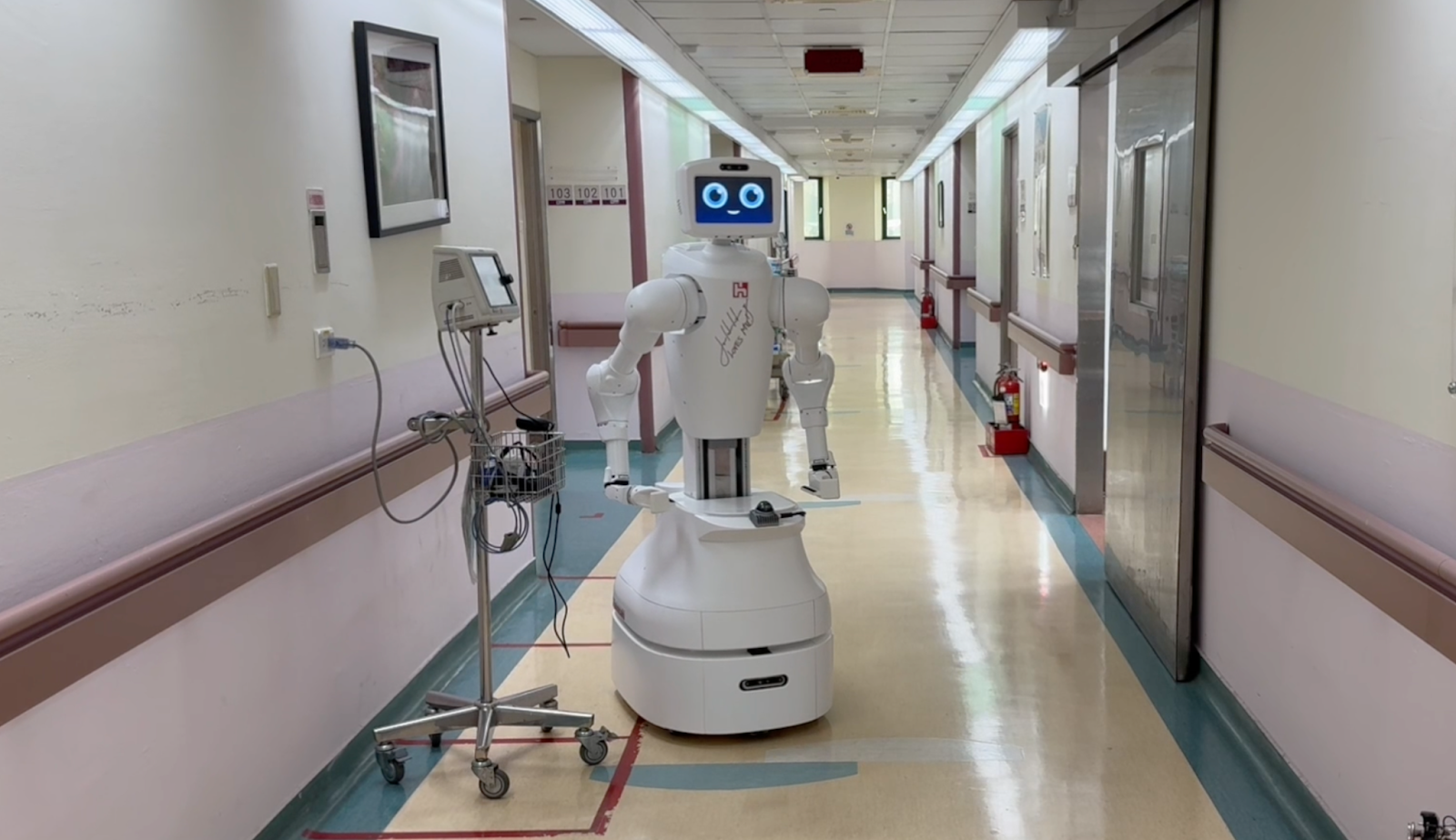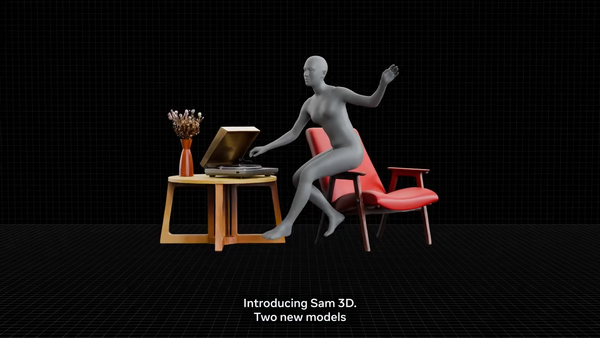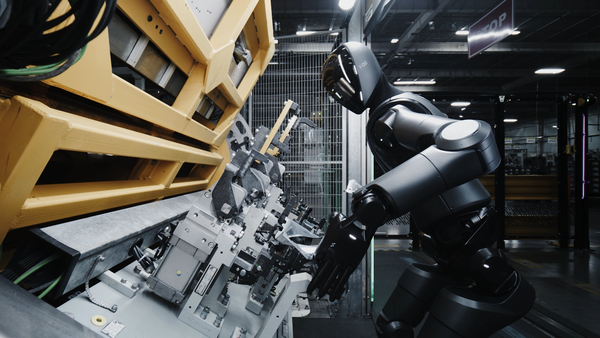Foxconn Deploys Nurabot to Lead Smart Hospital Rollout in Taiwan

- Foxconn is building AI-powered hospital tools using NVIDIA technologies, including a collaborative nursing robot called Nurabot.
- Taiwan’s leading hospitals are piloting these technologies to ease clinical workloads and enhance patient care.
Foxconn is implementing a smart hospital platform powered by NVIDIA technologies to modernize clinical workflows and ease front-line staffing pressures. Central to this system is Nurabot, a collaborative robot developed with Kawasaki Heavy Industries, designed to perform routine transport tasks such as delivering medication and moving medical samples. The platform aims to facilitate the broader transformation of medical centers into smart hospitals, leveraging NVIDIA tools for AI development and deployment.
Taichung Veterans General Hospital (TCVGH), one of Taiwan’s top-ranked medical centers, began collaborating with Foxconn last year to co-develop Nurabot as part of its smart healthcare initiative led by Dr. Shih-An Chen, the hospital’s honorary superintendent. In a live clinical trial, Nurabot assists with medication delivery, specimen transport, and night-shift support. Foxconn estimates that robots can reduce nursing workloads by up to 30% in these roles.
“Taiwan has a highly developed healthcare infrastructure with a strong push toward digital health transformation, creating the ideal environment for robotic integration,” said Shu-Fang Liu, deputy director of the nursing department at TCVGH, in a blog post on the NVIDIA website. “Robots are augmenting our capabilities so we can provide more focused, meaningful care.”
Other hospitals—including Baishatun Tung Hospital, Mazu Hospital, and Cardinal Tien Hospital—are adopting Foxconn’s broader smart hospital platform. This platform includes AI models for patient monitoring and digital twins for operational planning. These facilities use simulation tools built with NVIDIA Omniverse to design layouts, make data-driven decisions, and train robotics systems. For example, TCVGH created a virtual model of one of its wards to allow Nurabot to practice navigating hospital spaces before real-world deployment.
🌀 Tom’s Take:
Robots like Nurabot aren’t replacing nurses; they’re taking on routine, time-consuming tasks, allowing nurses to concentrate on clinical care. This rollout is a great example of how robots and humans can work together to enable staff to make better use of their time.
Source: NVIDIA Blog






